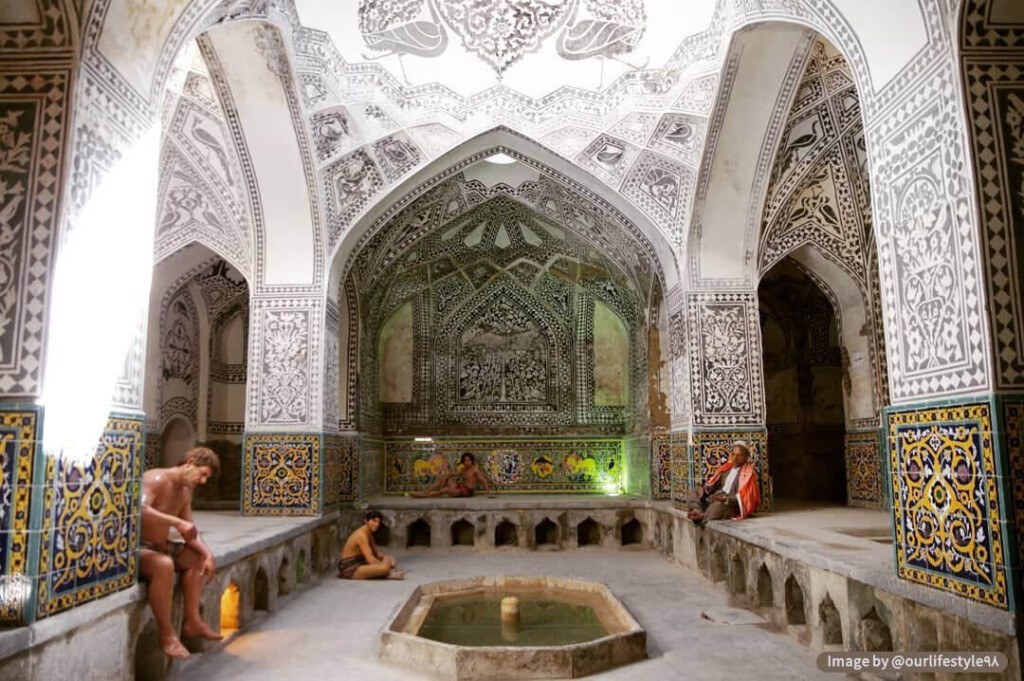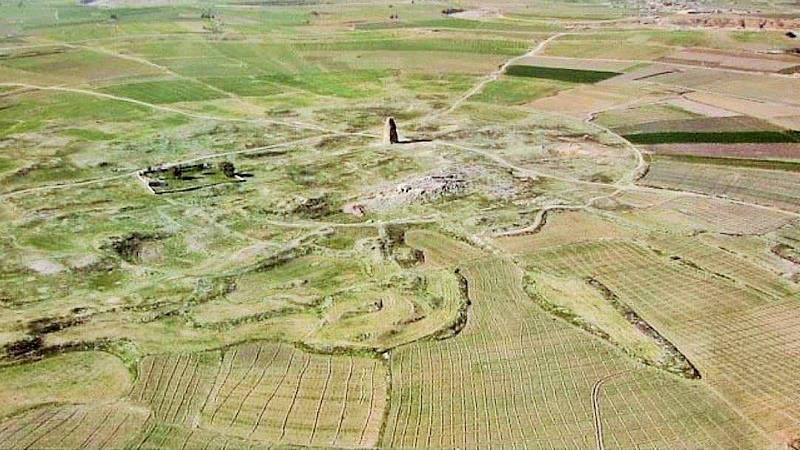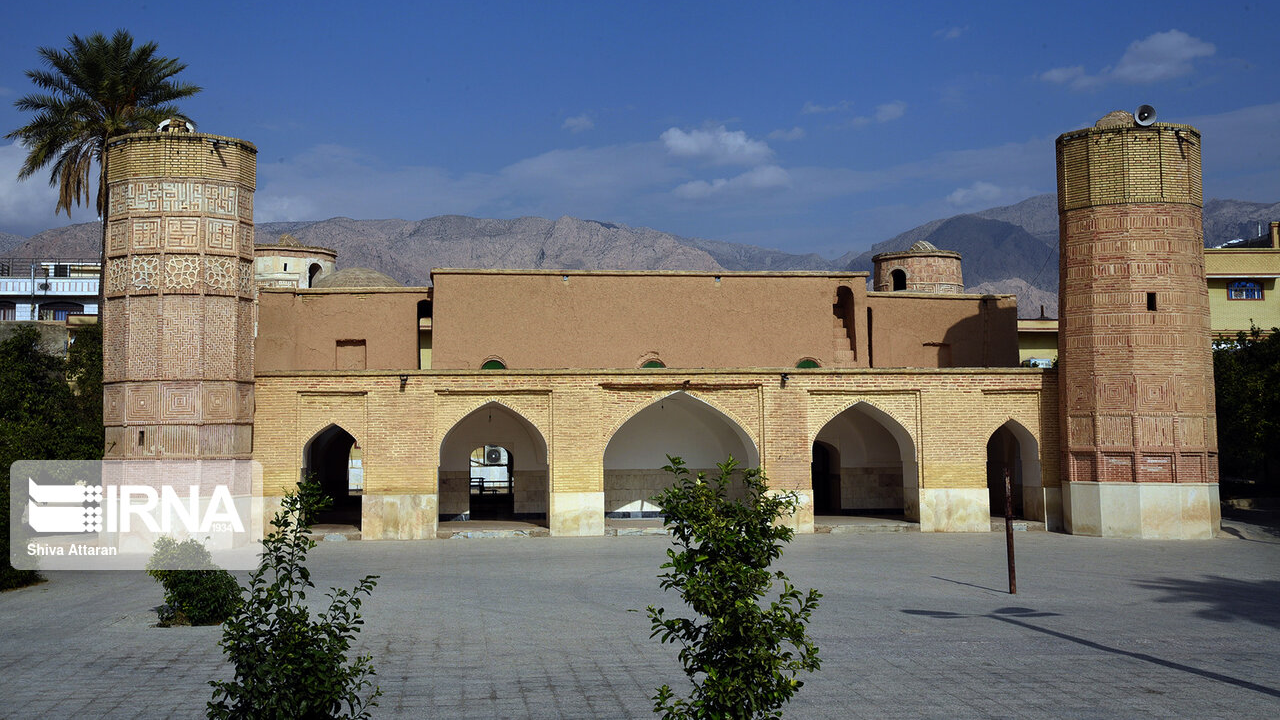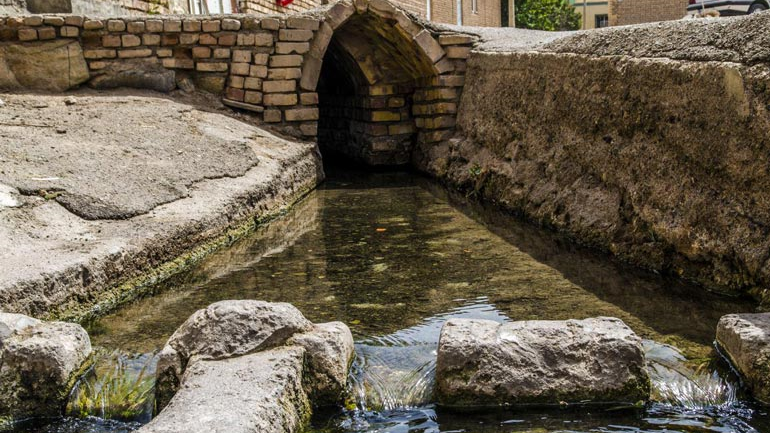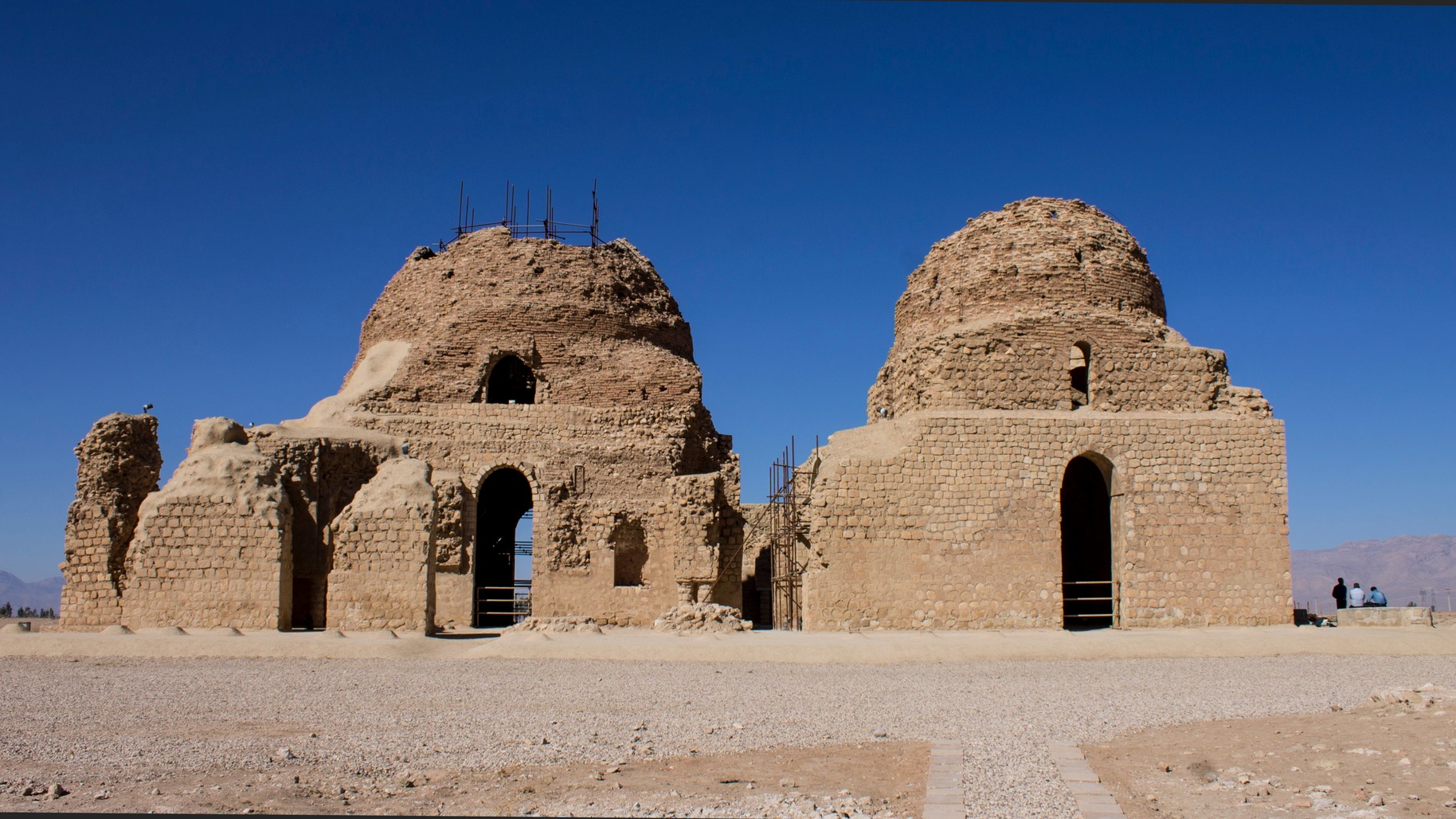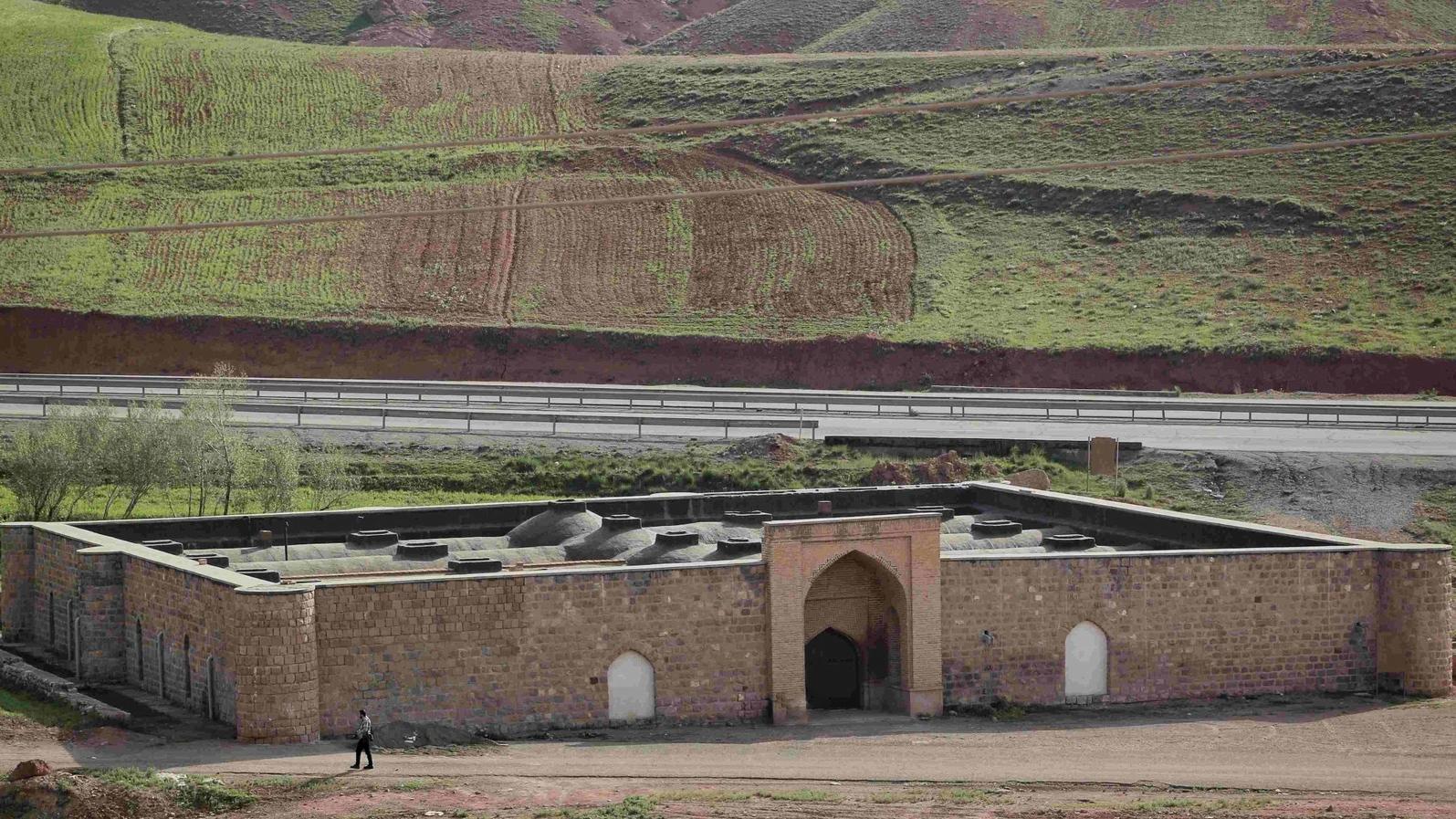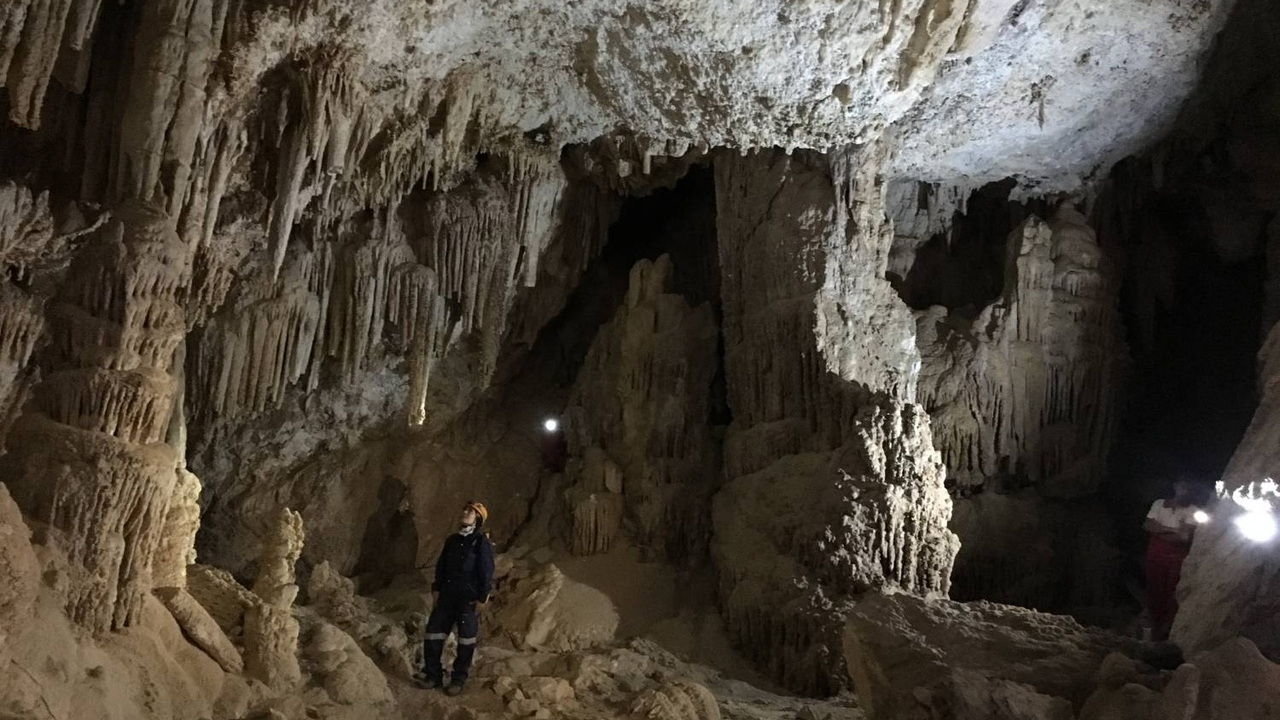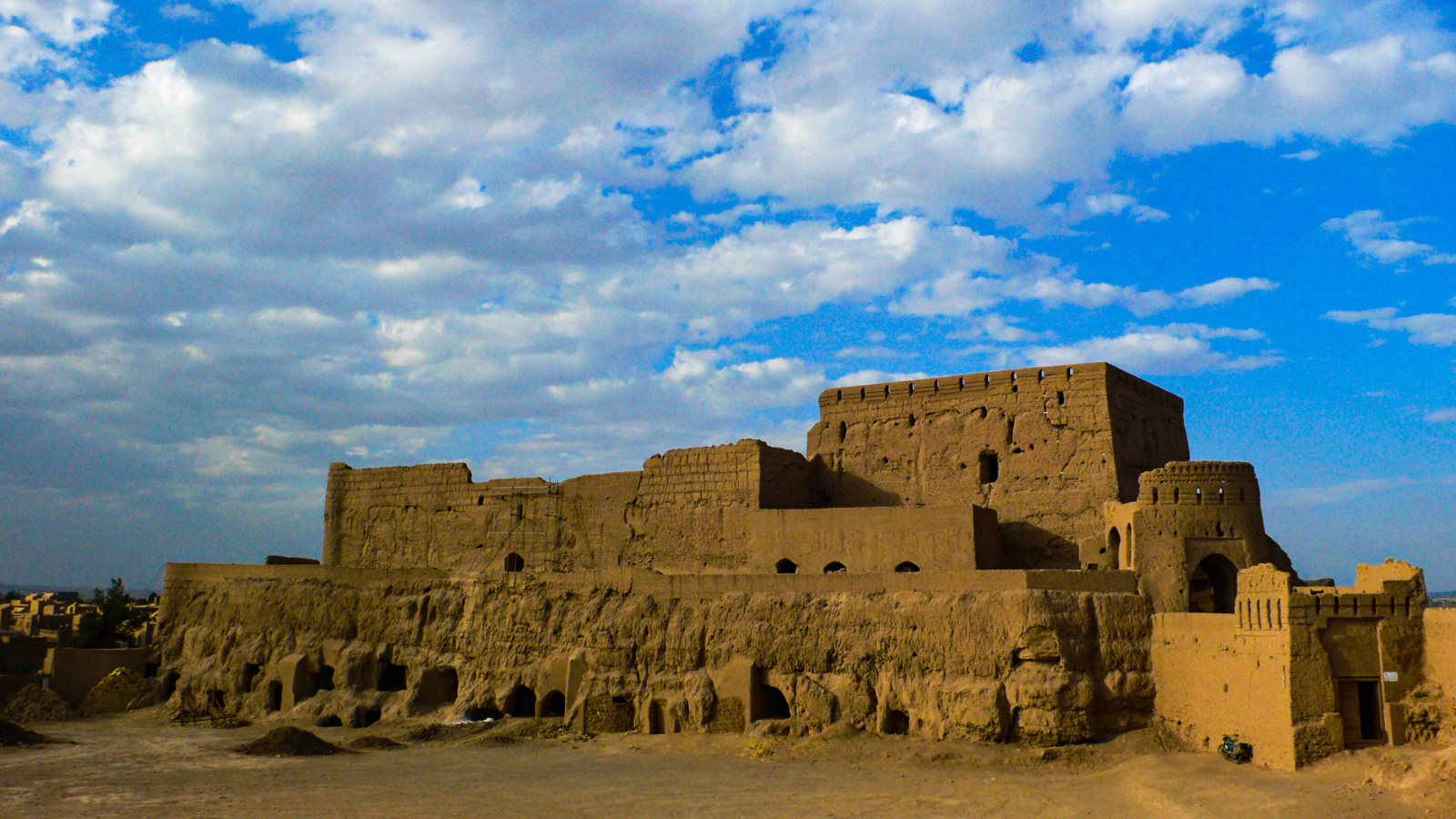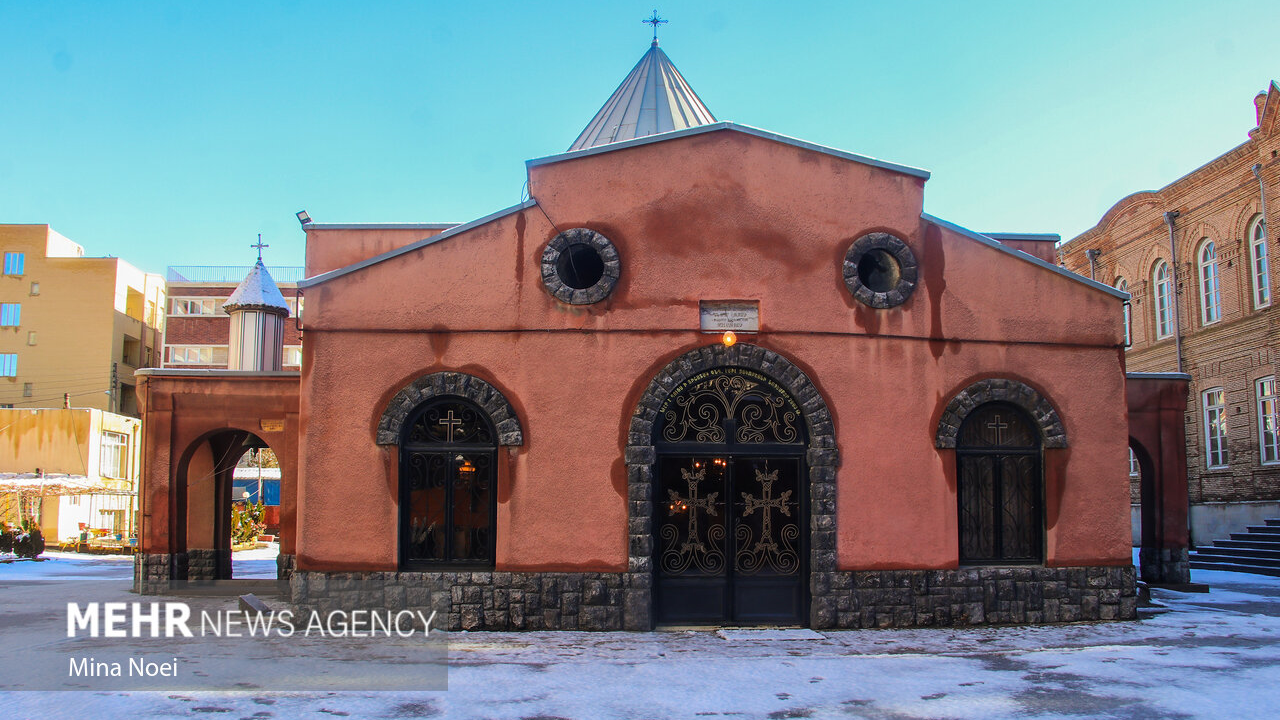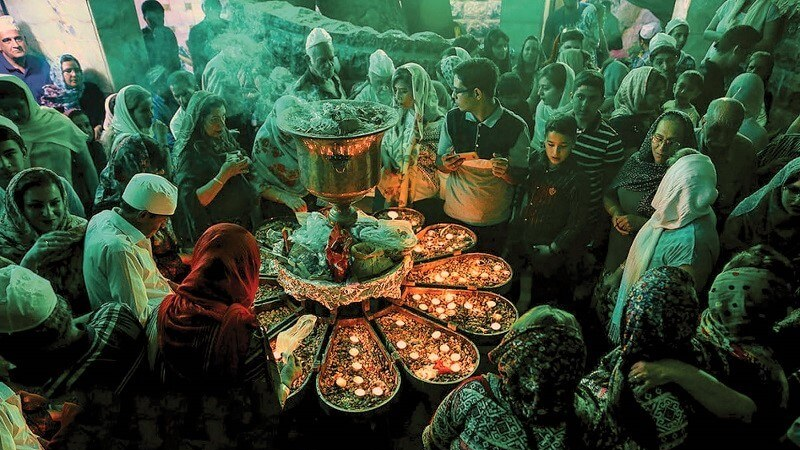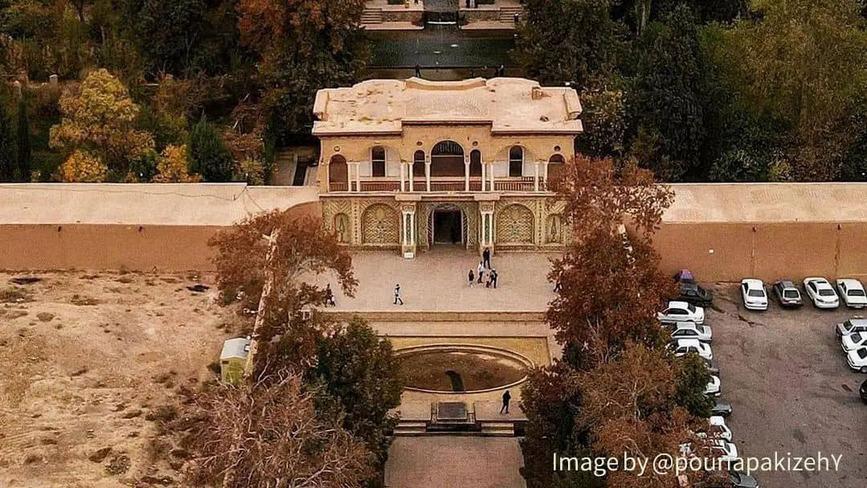
Jolfa Historical Bathhouse
Having a suitable geographical location has made “Jolfa” one of the most important cities of East Azarbaijan Province. Jolfa is located on the border of Iran with the Republic of Azerbaijan and Armenia, and for this reason, commercial and transit activities through this city are very prosperous. Also, Iran’s railway connects to the Caucasus and Central Asia in Jolfa. The establishment of the Aras Industrial Free Trade Zone in East Azarbaijan Province, which has seven separate sectors and Jolfa is considered its center, has doubled the economic importance of this city. Of course, this level of importance has a historical background and is not specific to the contemporary period. In the course of hundreds of years, this city was known as one of the important religious, economic, and cultural bases of the region. Numerous historical monuments left in the city are proof of this claim; among which mention can be made of Khajeh Nazar Caravanserai, Shepherd Church, and Monastery of Saint Stepanos have been inscribed on the list of UNESCO World Heritage Sites. Nevertheless, there are also other historical sites of importance in this city, which make it a tourist attraction. Jolfa Bathhouse, which is also known as “Historical Jolfa Bathhouse”, is one of the historical sites of this city, and despite the lack of reliable historical documents believed to be more than 150 years old.
History and Features of Jolfa Bathhouse
Islam’s advice on cleanliness was one of the reasons that caused institutions such as bathhouses to be formed and developed in different cities of Iran over the centuries. The difficulty of obtaining water and fuel materials made the architecture of the bathhouses based on certain principles to increase their efficiency. Bathhouses were originally a place to provide health services, but their cultural and social functions cannot be ignored. In some cities, the bathhouses were known as a place for people to socialize and hold small gatherings, and sometimes special events such as weddings and certain rituals were performed in them. With the expansion of urban facilities and public access to piped water, public bathhouses gradually fell out of prosperity, but many of them are now standing as historical monuments. The fate of Jolfa Historical Bathhouse is similar to other public bathhouses in Iran. Today, this bathhouse does not have its former use, but it is known as a historical monument, and parts of it have been converted into a museum to display historical objects related to the Jolfa region.
Although there are no reliable documents about the history of the Jolfa Historical Bathhouse, it must be more than 150 years old. In addition to the architectural characteristics of the bathhouse, the existence of some folk stories and narratives also confirms this belief. According to some oral narrations, like the Kordasht bathhouse, this bathhouse, too, was a property of Abbas Mirza (died 1833 AD), the crown prince of Iran during the reign of the Qajar king, Fath Ali Shah (reigned from 1797 to 1834 AD) and the commander of the Iranian army in the wars between Iran and the Russian Empire; although there is no proof for this claim. Some studies show that during the war between Iran and the Russian Empire, this bathhouse was built for the use of Iranian soldiers. The bathhouse was built on the path where the caravans used to pass before crossing the Aras River.
Architecture of the Jolfa Bathhouse
Like other Iranian bathhouses, the structure of this bathhouse comprises such spaces as a Sarbineh (changing room), a Miandar, a Khazineh (hot pool), etc. The total area of the bathroom is about 500 square meters. The columns in the building are impressively beautiful with muqarnas decorated capitals. The dome of the bathhouse is placed on four stone pillars. There are eight smaller domes around the building of this bathhouse. The water of this bathhouse was supplied by a qanat qanat passed through Shoja Abad Village and after entering the bathhouse, it was heated with firewood.
Where Is the Jolfa Bathhouse Located?
This historical bathhouse is a little far from the center of Jolfa City and is located between the customs office and road construction installations and on the southern banks of the Aras River. The distance between this bathhouse and Tabriz is 136 km.
National Register of Jolfa Baths
Jolfa Historical Bathhouse was inscribed on the list of Iran’s national heritage in the year 2008 AD.
| Name | Jolfa Historical Bathhouse |
| Country | Iran |
| State | East Azerbaijan |
| City | Jolfa |
| Type | Historical |
| Registration | National |
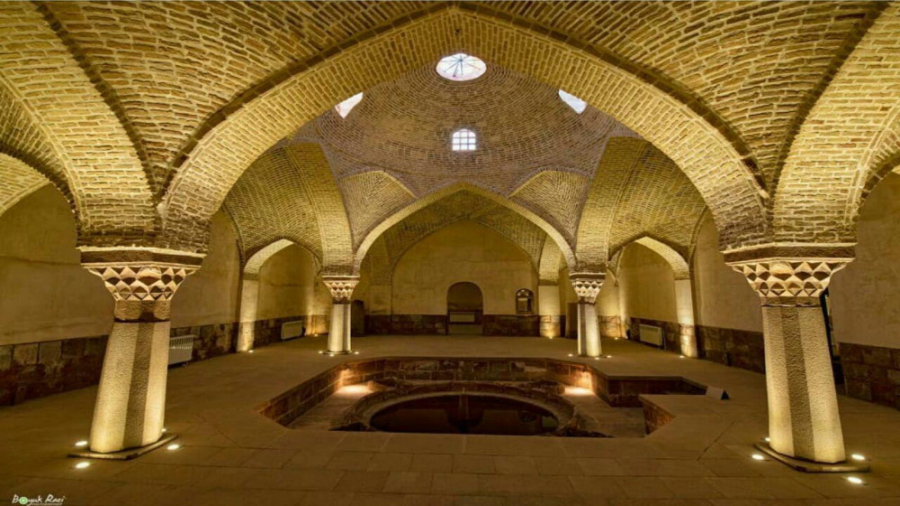
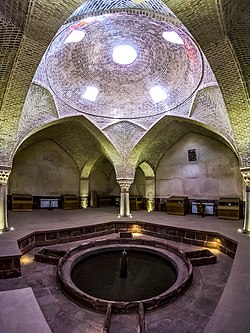
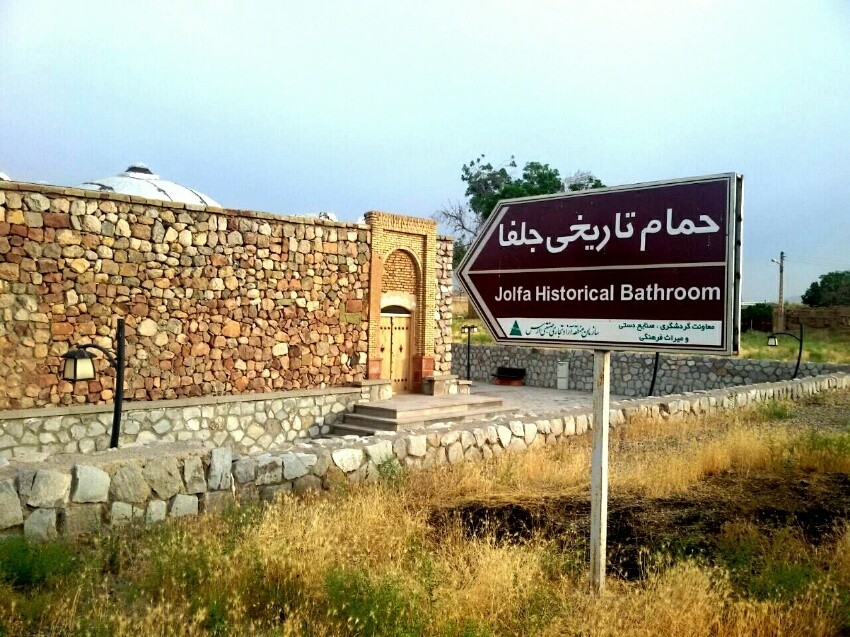
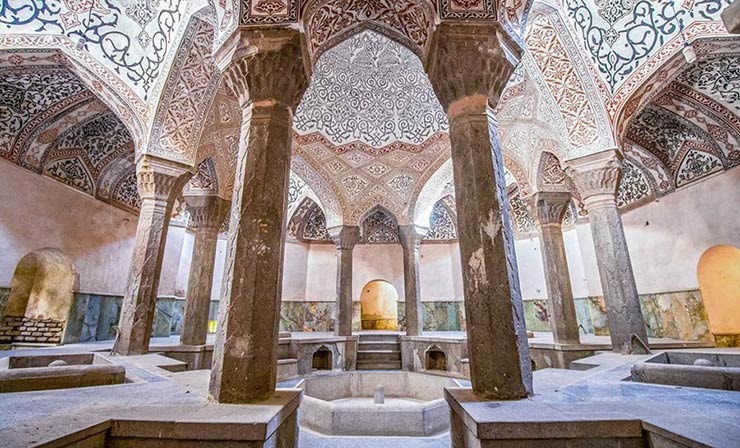




Choose blindless
Red blindless Green blindless Blue blindless Red hard to see Green hard to see Blue hard to see Monochrome Special MonochromeFont size change:
Change word spacing:
Change line height:
Change mouse type:

